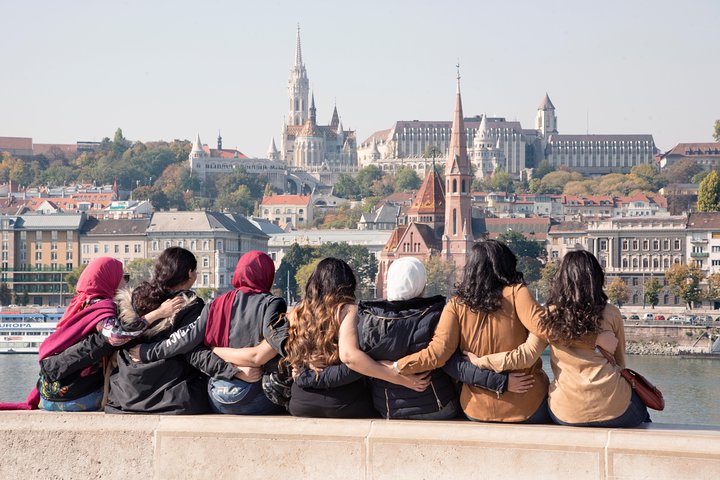Whispers of Budapest: A Journey Through Hungary’s Red Past
Drawn by the allure of Budapest’s Soviet past, I embarked on a journey through the city’s hidden scars and grand architecture. The Communist Tour promised a glimpse into a world of resilience and rebellion, a siren call I could not resist.
Echoes of the Past
The air was thick with the scent of history as I embarked on the Communist Tour through Budapest. The city, with its grand architecture and hidden scars, whispered tales of a bygone era. As an urban explorer, I am drawn to the remnants of the past, and Budapest’s red past was a siren call I could not resist.
Our journey began at the Soviet Heroic Memorial, a stark white obelisk standing solemnly in a landscaped park. It was a tribute to the Russian soldiers who served in World War II, a silent guardian of stories untold. The monument, though simple in its design, held a gravity that pulled at the soul. It was a reminder of the sacrifices made, the lives lost, and the complex tapestry of history that wove through the city.
The guide, a storyteller with a voice like gravel, painted vivid pictures of the past. His words were not from dusty books but from the memories of those who lived through the era. As we moved through the city, the stories clung to the air, a haunting melody of resilience and rebellion.
Shadows of Terror
The House of Terror Museum was our next destination, a building that stood as a testament to the horrors of the past. Located on Andrássy út, it was a place where the walls seemed to whisper the secrets of those who had been detained, interrogated, and tortured within its confines. The exhibits were a chilling reminder of the fascist and communist regimes that had cast long shadows over Hungary.
Walking through the museum, I felt the weight of history pressing down, each room a chapter in a story of pain and perseverance. The faces of the victims, captured in photographs, stared back with eyes that seemed to plead for remembrance. It was a place where the past was not just remembered but felt, a visceral experience that left an indelible mark on the soul.
As we left the museum, the city seemed to breathe a sigh of relief, the sun casting long shadows on the cobblestone streets. Yet, the stories lingered, a reminder of the resilience of the human spirit in the face of unimaginable adversity.
Monuments of Memory
Our final stop was Liberty Square, a place where history and controversy intertwined. The square was home to two memorials, each telling a different story. One commemorated the Hungarian Jewish victims of the Holocaust, while the other honored the Soviet soldiers who liberated Budapest from the Nazis. It was a place of reflection, where the past and present collided in a dance of remembrance.
Standing in the square, I was struck by the juxtaposition of the memorials, a testament to the complexity of history. The square was a living canvas, painted with the stories of those who had come before. It was a place where the echoes of the past could be heard, a haunting melody that resonated through the city.
As the tour came to an end, I found myself reflecting on the stories I had heard, the places I had seen, and the history I had touched. Budapest, with its grand architecture and hidden scars, was a city that wore its history like a cloak, a reminder of the resilience of the human spirit. The Communist Tour had been a journey through time, a glimpse into a world that was both haunting and beautiful.














































